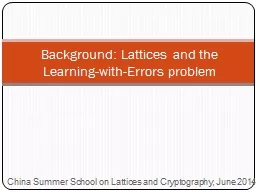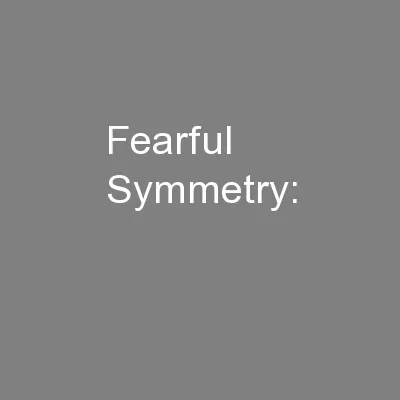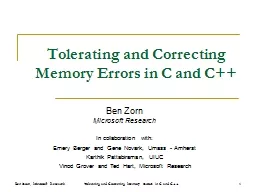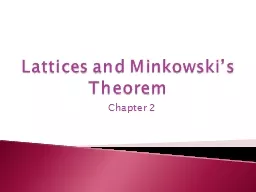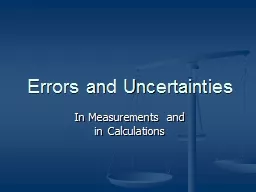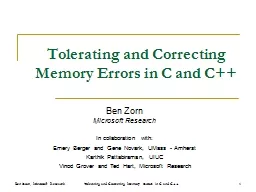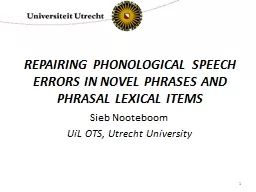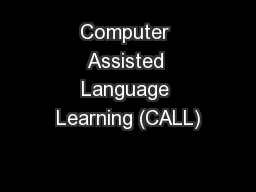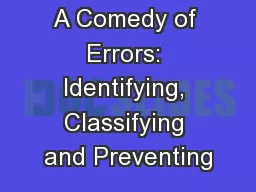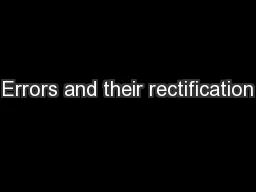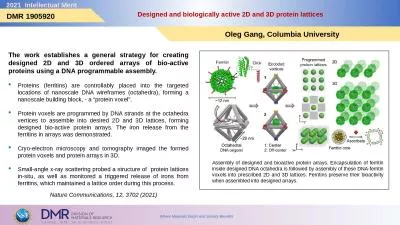PPT-Background: Lattices and the Learning-with-Errors problem
Author : yoshiko-marsland | Published Date : 2016-05-21
China Summer School on Lattices and Cryptography June 2014 Starting Point Linear Equations Easy to solve a linear system of equations Given A b find s S olved
Presentation Embed Code
Download Presentation
Download Presentation The PPT/PDF document "Background: Lattices and the Learning-wi..." is the property of its rightful owner. Permission is granted to download and print the materials on this website for personal, non-commercial use only, and to display it on your personal computer provided you do not modify the materials and that you retain all copyright notices contained in the materials. By downloading content from our website, you accept the terms of this agreement.
Background: Lattices and the Learning-with-Errors problem: Transcript
Download Rules Of Document
"Background: Lattices and the Learning-with-Errors problem"The content belongs to its owner. You may download and print it for personal use, without modification, and keep all copyright notices. By downloading, you agree to these terms.
Related Documents

